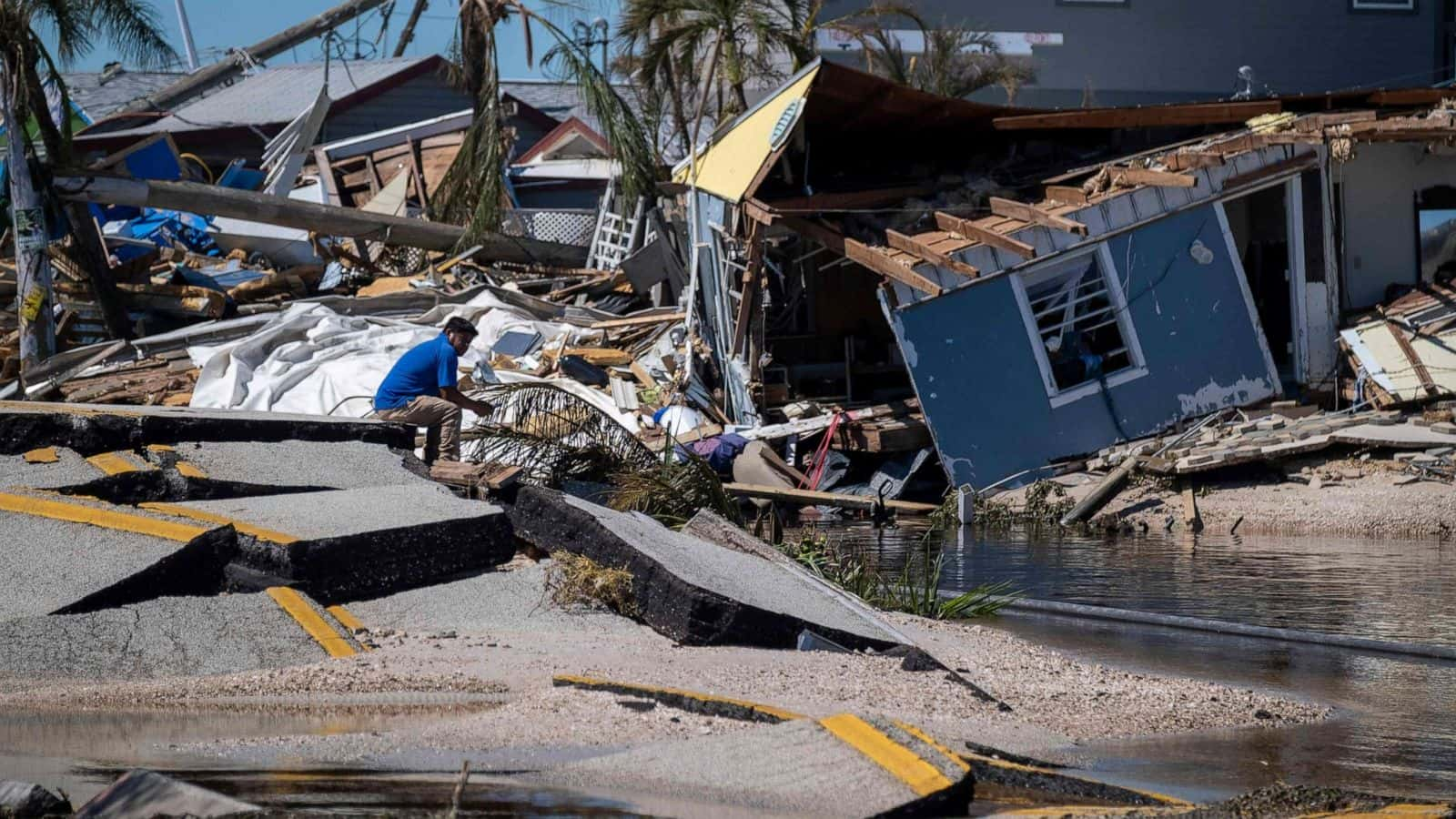These calamities, including floods, wildfires, hurricanes, droughts, and severe storms, have set a record for any year since 1980.

In 2023, the United States has witnessed an unprecedented 25 billion dollar weather disasters, each inflicting at least $1 billion in damages, as outlined in the National Oceanic and Atmospheric Administration’s (NOAA) monthly climate report
With two months remaining, the toll of 25 billion dollar weather disasters surpasses the previous record of 22 set in 2020, marking a grim milestone in a year dominated by extreme weather events. A recent NASA analysis introduces the possibility that the nation may face more challenges, particularly an elevated risk of flooding this winter if a robust El Niño materializes. El Niño, characterized by warmer-than-usual waters in the eastern tropical Pacific Ocean, has far-reaching effects on global temperatures, rainfall, hurricanes, and storms. NASA scientists warn that cities along the western coast could experience a surge in high-tide flooding, potentially transforming roads into waterways and inundating low-lying structures.
The collective impact of these billion dollar weather disasters in 2023 has resulted in over $73.8 billion in damages, surpassing the previous 2020 record
Climate Central‘s analysis reveals the past 12 months to be the hottest ever recorded globally, with temperatures exceeding preindustrial averages by 1.32 degrees Celsius. October marked the hottest on record globally, reinforcing predictions that 2023 is poised to become the warmest year in recorded history.
Further compounding the challenges, expanding drought in the lower Mississippi Valley has driven water levels in parts of the Mississippi River to historic lows, posing threats to Midwest harvests, disrupting shipping operations, and impacting clean water availability in southern Louisiana. The relentless onslaught of extreme billion dollar weather disasters events underscores the urgent need for climate action.




